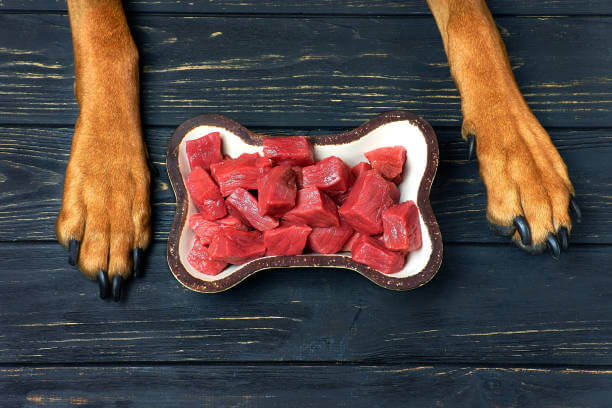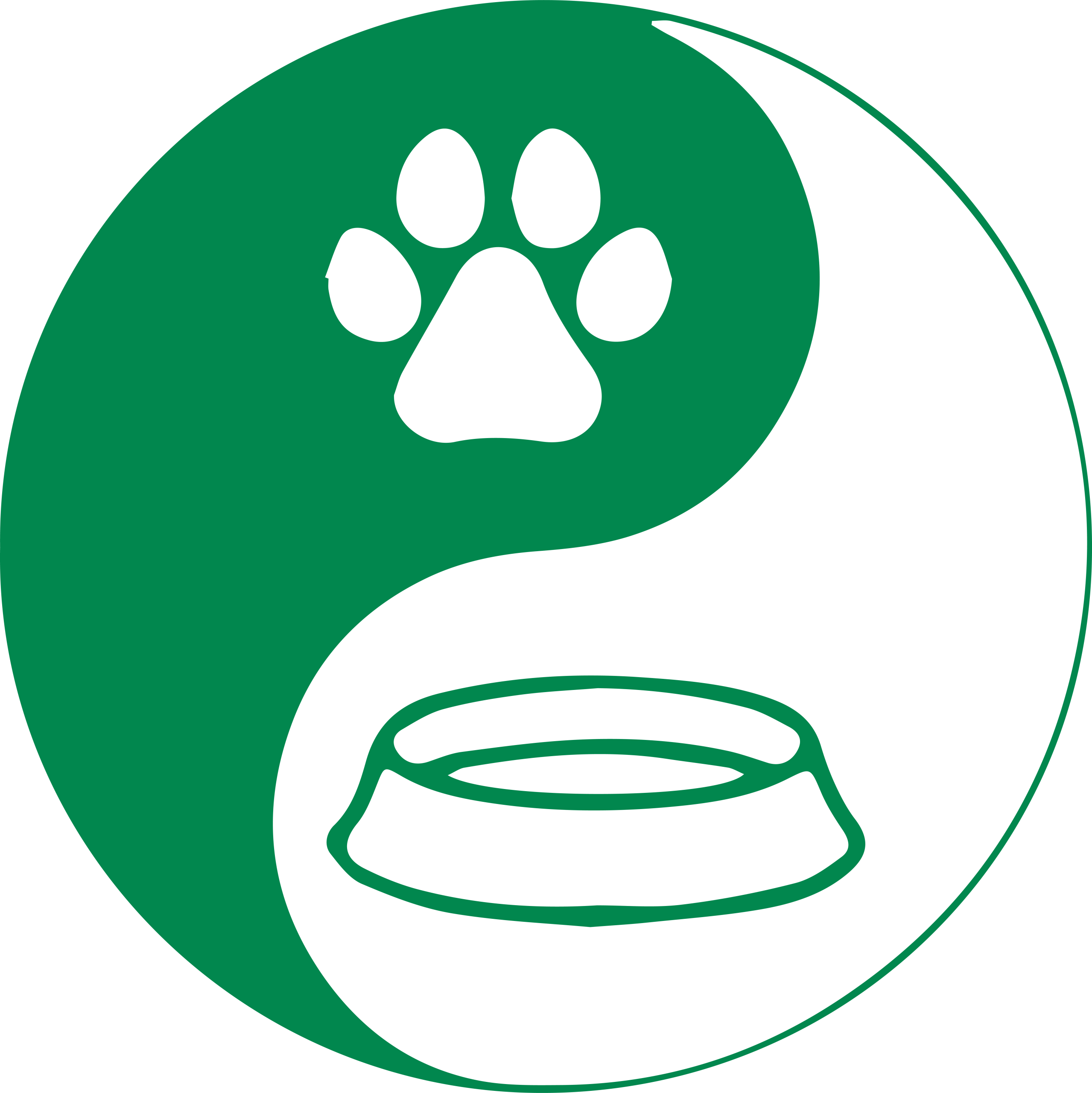The Raw Dog Food Movement: Why Dr. Ian Billingshurst Advocates for a Natural Diet and the Risks of Kibble

In recent years, the raw dog food movement has gained momentum, with countless pet owners reassessing what they feed their furry companions. Pioneered by Dr. Ian Billingshurst, an Australian veterinarian, this movement promotes a diet based on raw, unprocessed ingredients, closely resembling what dogs would have eaten in the wild. Billingshurst’s philosophy underscores the importance of a diet that supports a dog’s natural instincts and biological makeup. As we delve into the benefits of switching to a raw diet and the potential dangers of relying solely on kibble, it’s essential to consider a more holistic approach to canine nutrition. The Benefits of a Raw Dog Food Diet 1. Optimal Nutritional Profile One of the most significant advantages of a raw diet is its ability to provide balanced, species-appropriate nutrition. Dogs are inherently carnivorous, and their digestive systems have evolved to break down whole prey animals. By offering a mix of raw meats, bones, organs, vegetables, and fruits, pet owners can emulate this natural dietary pattern. Fruits and vegetables offer essential vitamins and minerals, while meats and raw bones provide the necessary protein and fats. This holistic approach often results in healthier coats, improved digestion, and better overall vitality. 2. Increased Digestive Health Kibble, being highly processed and often laden with fillers, can lead to various digestive issues. Many dogs experience food intolerances or allergies, often stemming from the grains and artificial additives commonly found in commercial dog foods. In contrast, a raw food diet can be easier to digest and may reduce gastrointestinal problems such as bloating, gas, and diarrhea. Raw foods contain natural enzymes and probiotics that support gut health, contributing to a well-functioning digestive system. 3. Enhanced Dental Health Chewing raw bones not only satisfies a dog’s natural chewing instinct but also promotes dental health. Raw bones help scrape off plaque and tartar, reducing the risk of periodontal disease. In contrast, kibble often does not provide the same dental benefits and can lead to a buildup of plaque over time. This dietary difference can be vital in maintaining a dog’s oral hygiene, ultimately contributing to their overall well-being. 4. Weight Management Pet obesity is a growing concern, and feeding dogs a raw diet can assist in managing their weight more effectively. Raw food diets are typically higher in protein and lower in carbohydrates compared to kibble. This shift can lead to lean muscle development and a healthy metabolism, resulting in dogs that are more active, energetic, and less prone to obesity-related health issues. The Dangers of a 100% Kibble Diet 1. Nutritional Deficiencies Despite claims of balanced nutrition, many kibble brands rely on synthetic vitamins and minerals to meet dietary requirements. However, these additives don’t always replicate the natural, complex nutrients found in whole foods. Over time, feeding dogs a solely kibble-based diet can result in deficiencies that affect their growth, immune function, and overall health. 2. Allergies and Sensitivities The reliance on grains and fillers in kibble can trigger allergic reactions in many dogs. Ingredients like corn, soy, and wheat are common allergens that can lead to chronic skin conditions, itching, and digestive upset. Transitioning to a raw diet, which is generally grain-free, may alleviate these issues and lead to healthier skin and a shinier coat. 3. Lack of Moisture Kibble is dry, and while it’s convenient, it can lead to chronic dehydration in dogs. Adequate hydration is crucial for maintaining kidney function, digestive health, and overall cellular health. Feeding a raw diet, which often includes moisture-rich meats and may incorporate fruits and vegetables, can ensure your dog stays hydrated and supports healthy organ function. 4. Risk of Processing and Preservatives Commercial kibble often contains preservatives, artificial colours, and flavour enhancers. While these substances can prolong shelf life and improve palatability, they can also contribute to long-term health issues in dogs, including various chronic diseases. A raw food diet focuses on whole, unprocessed ingredients, reducing the risks associated with harmful additives. Switching to a raw dog food diet can offer numerous benefits, allowing pet owners to better align their dogs’ diets with their natural instincts and biological needs. Under the guidance of Dr. Ian Billingshurst, this movement encourages a return to nutrition as nature intended. While kibble may be a convenient option, its long-term impacts can pose significant health risks. By prioritising raw and natural foods, pet owners may not only provide their dogs with optimal nutrition but also enhance their quality of life, leading to a happier, healthier companion.
Facebook
